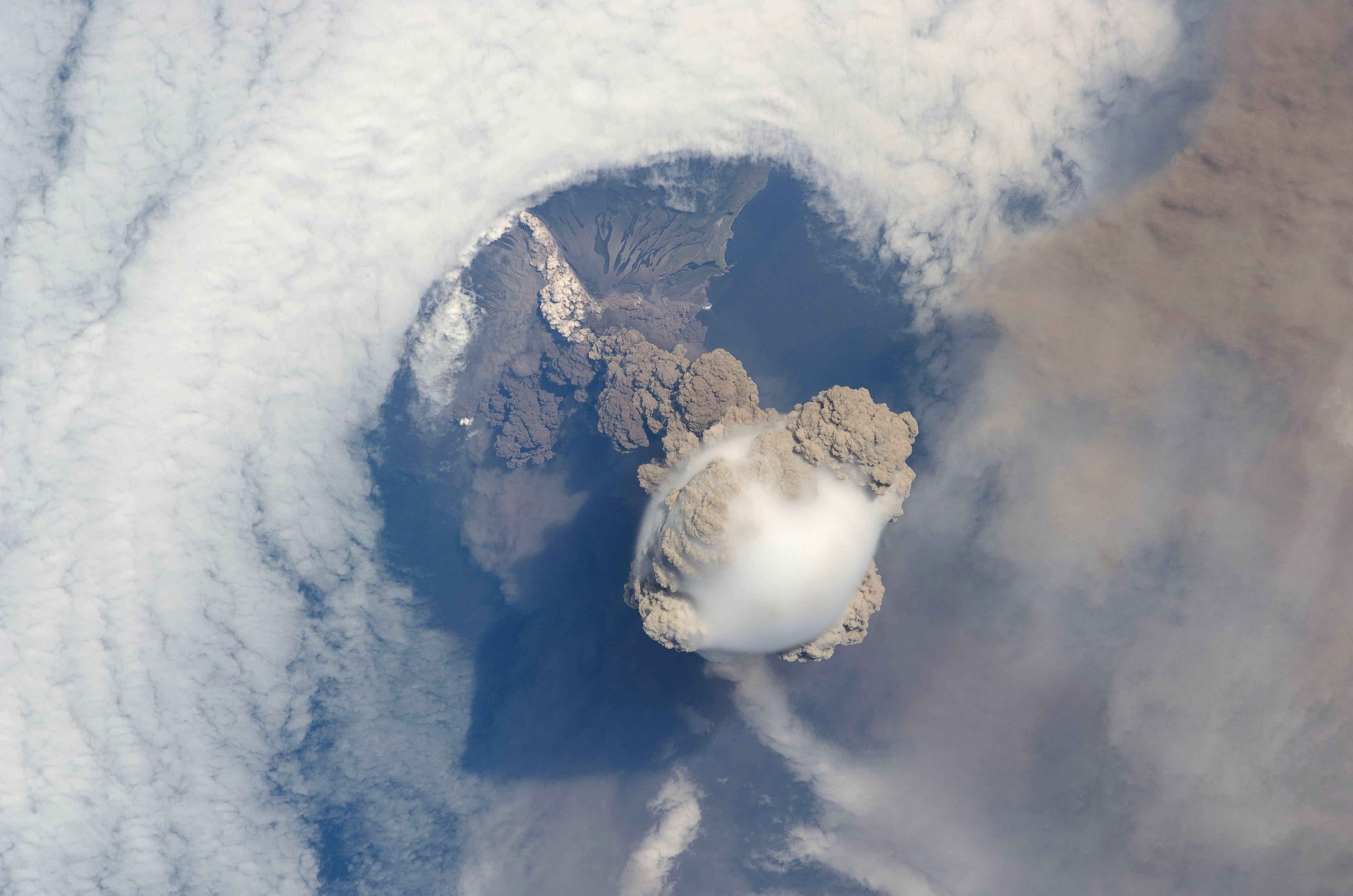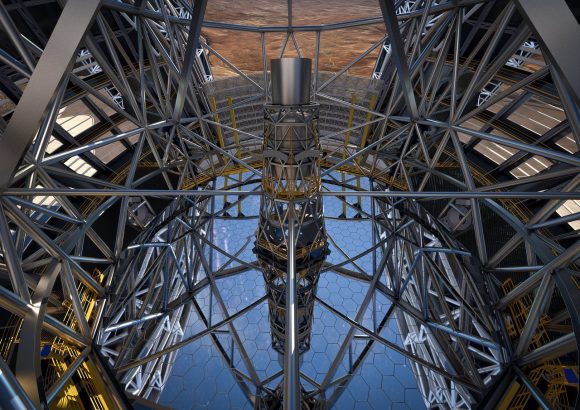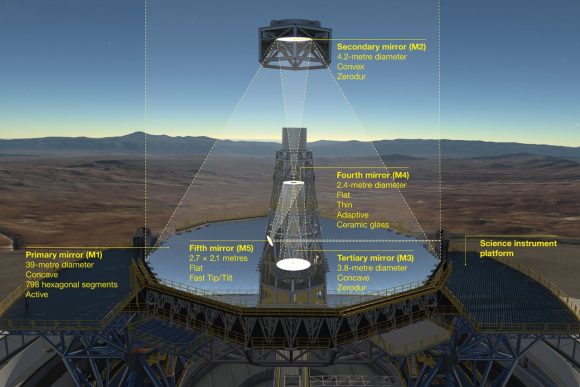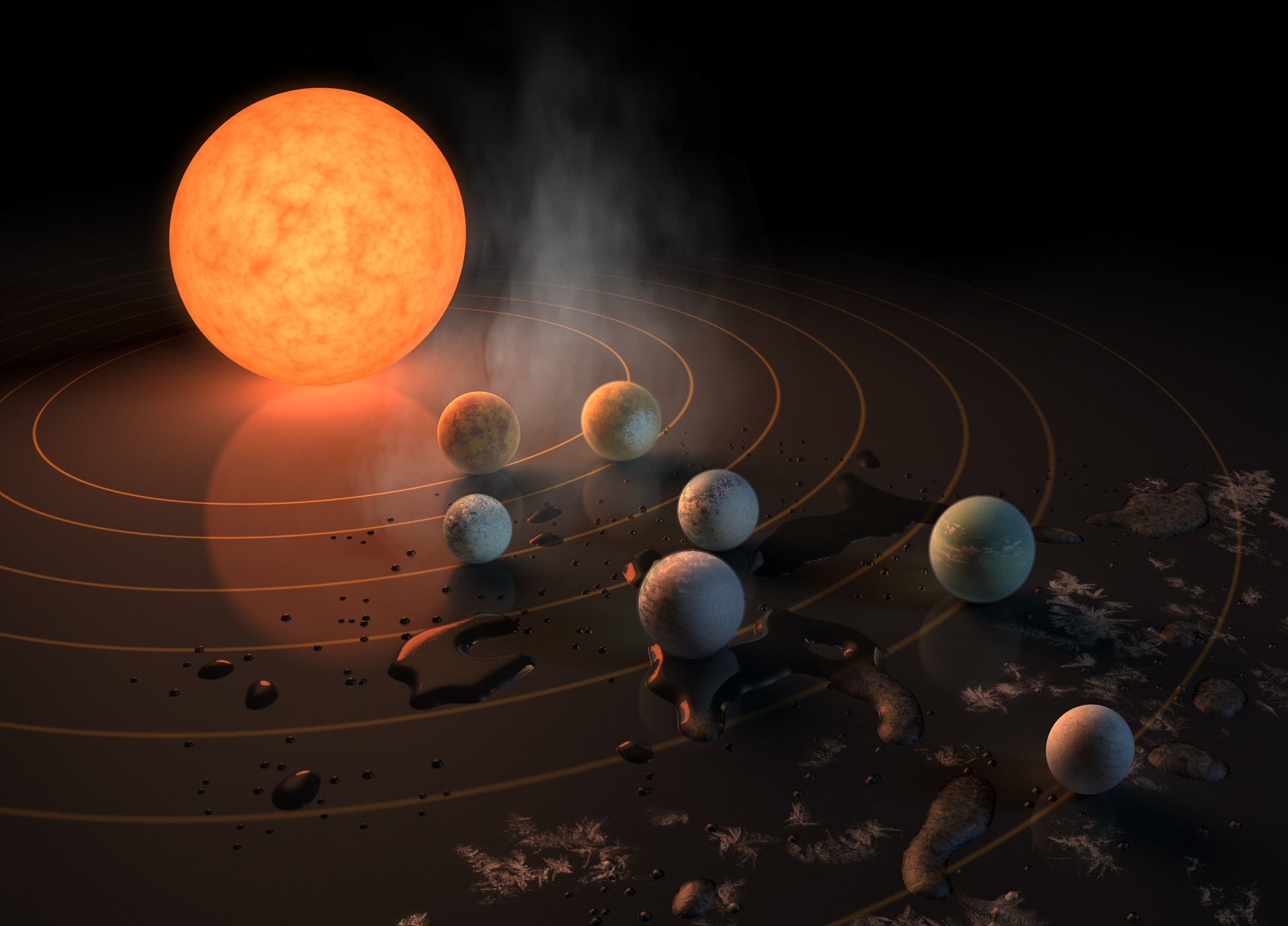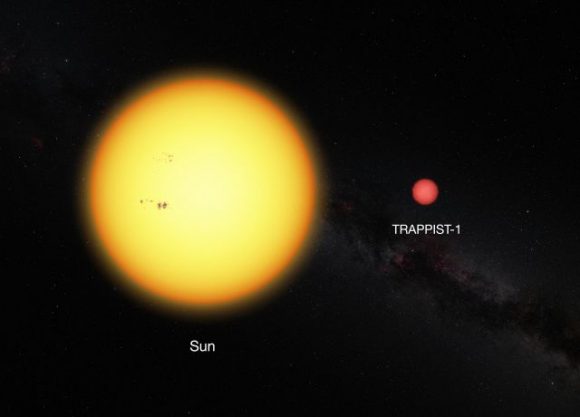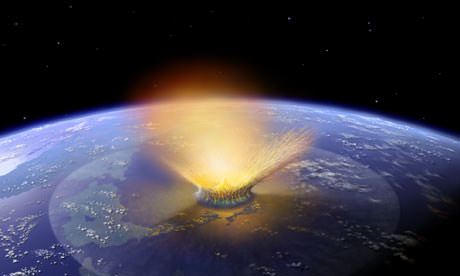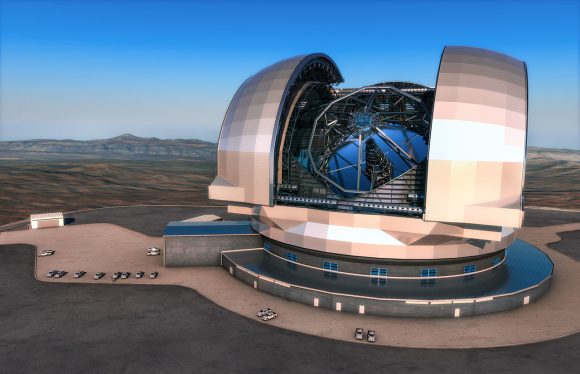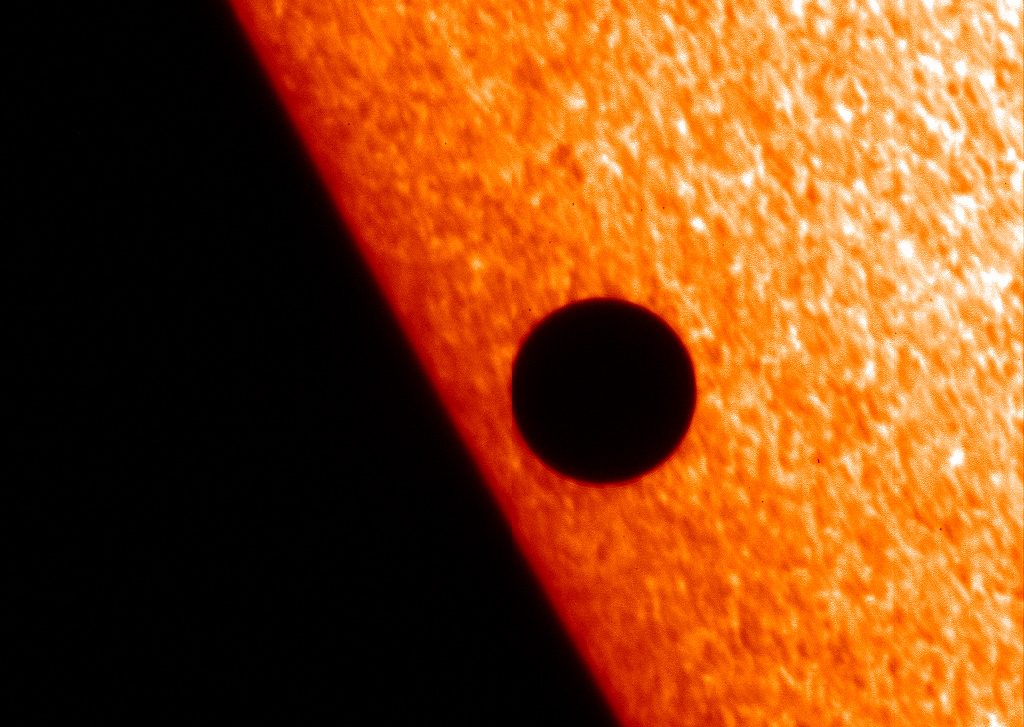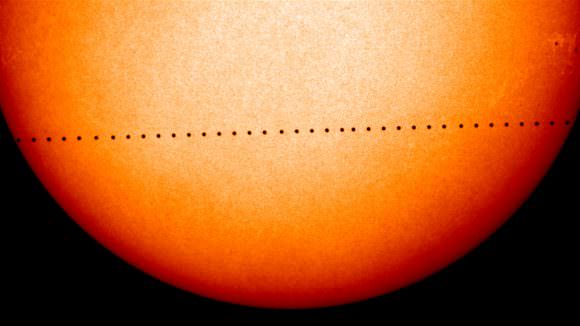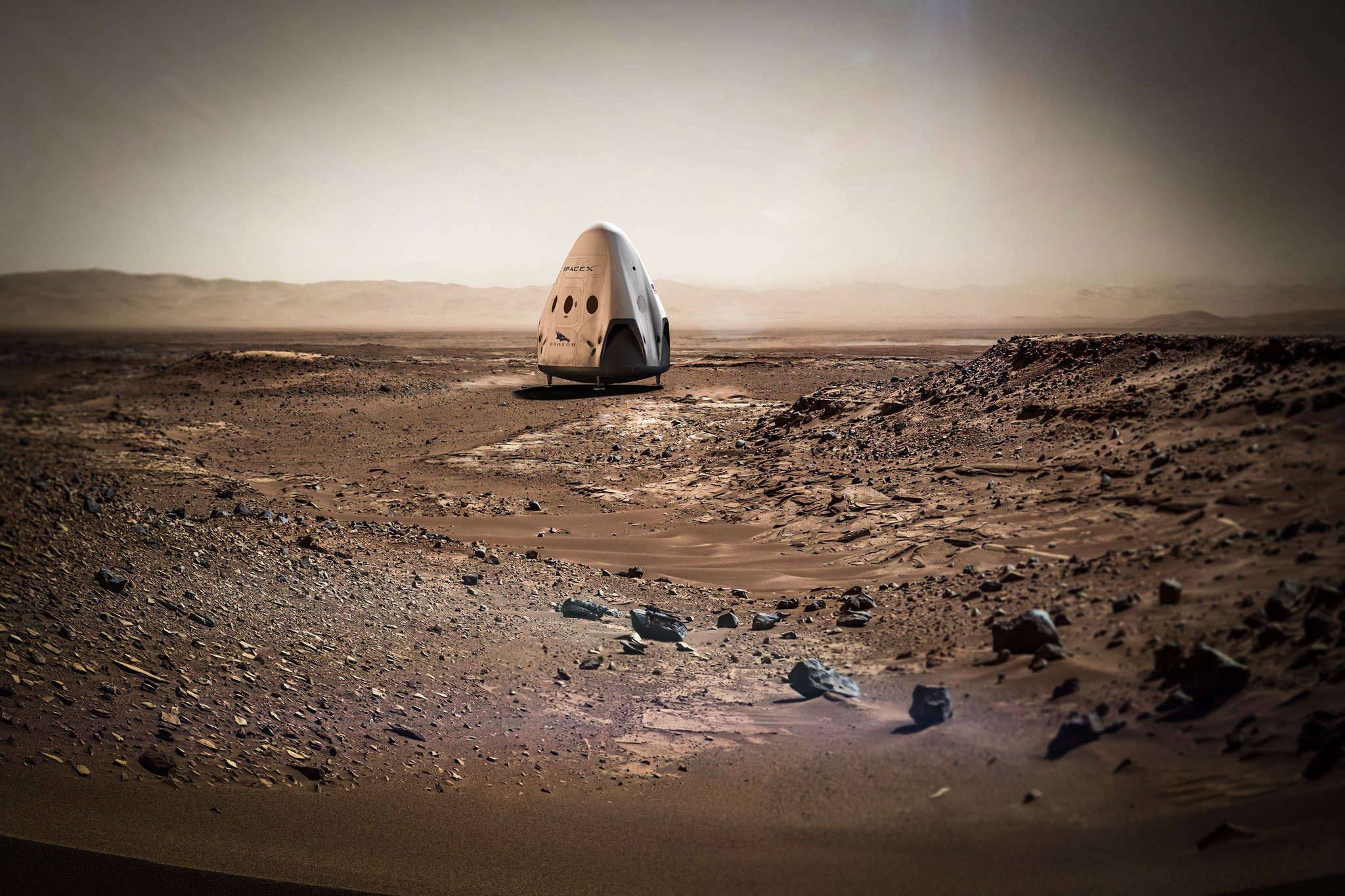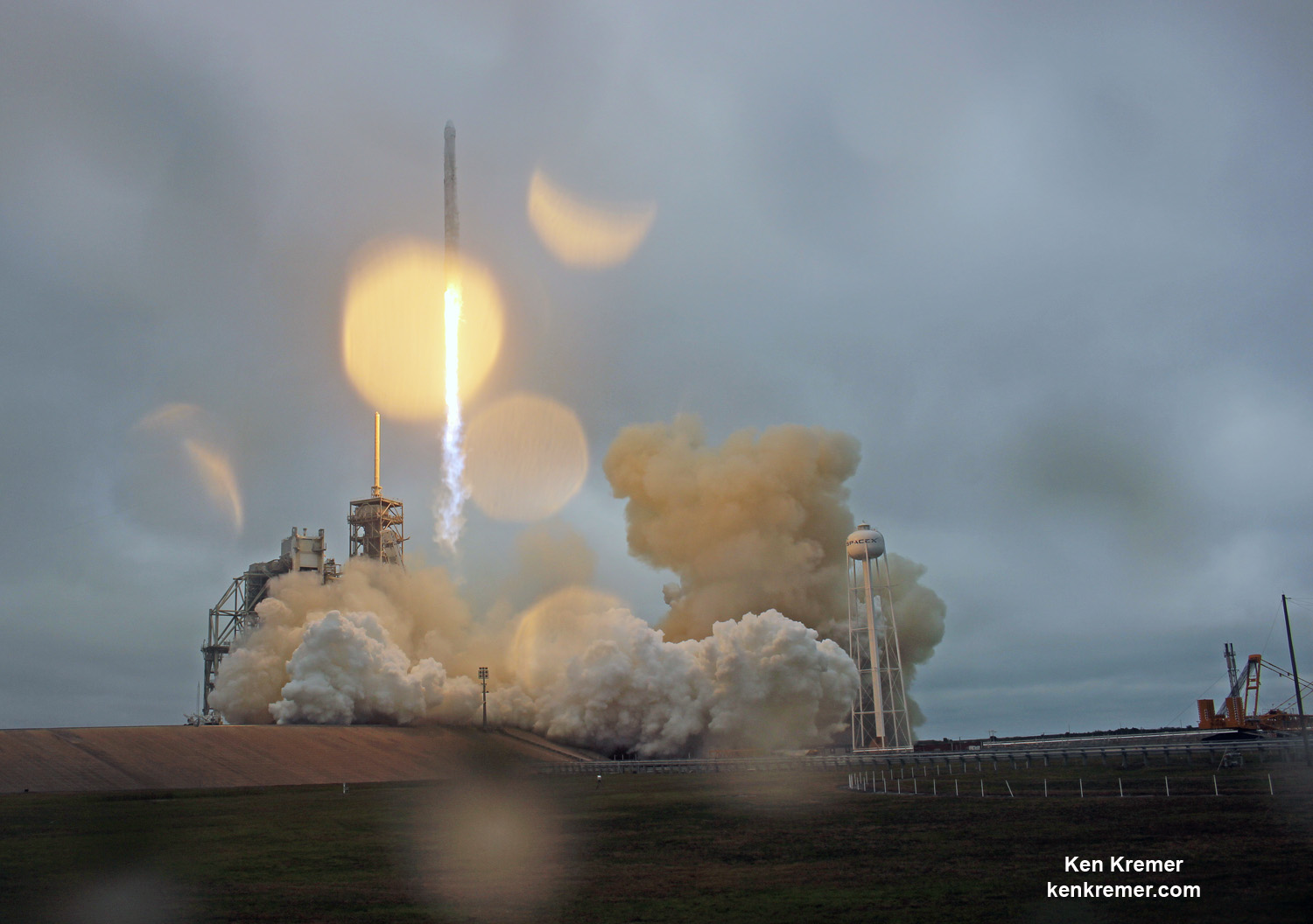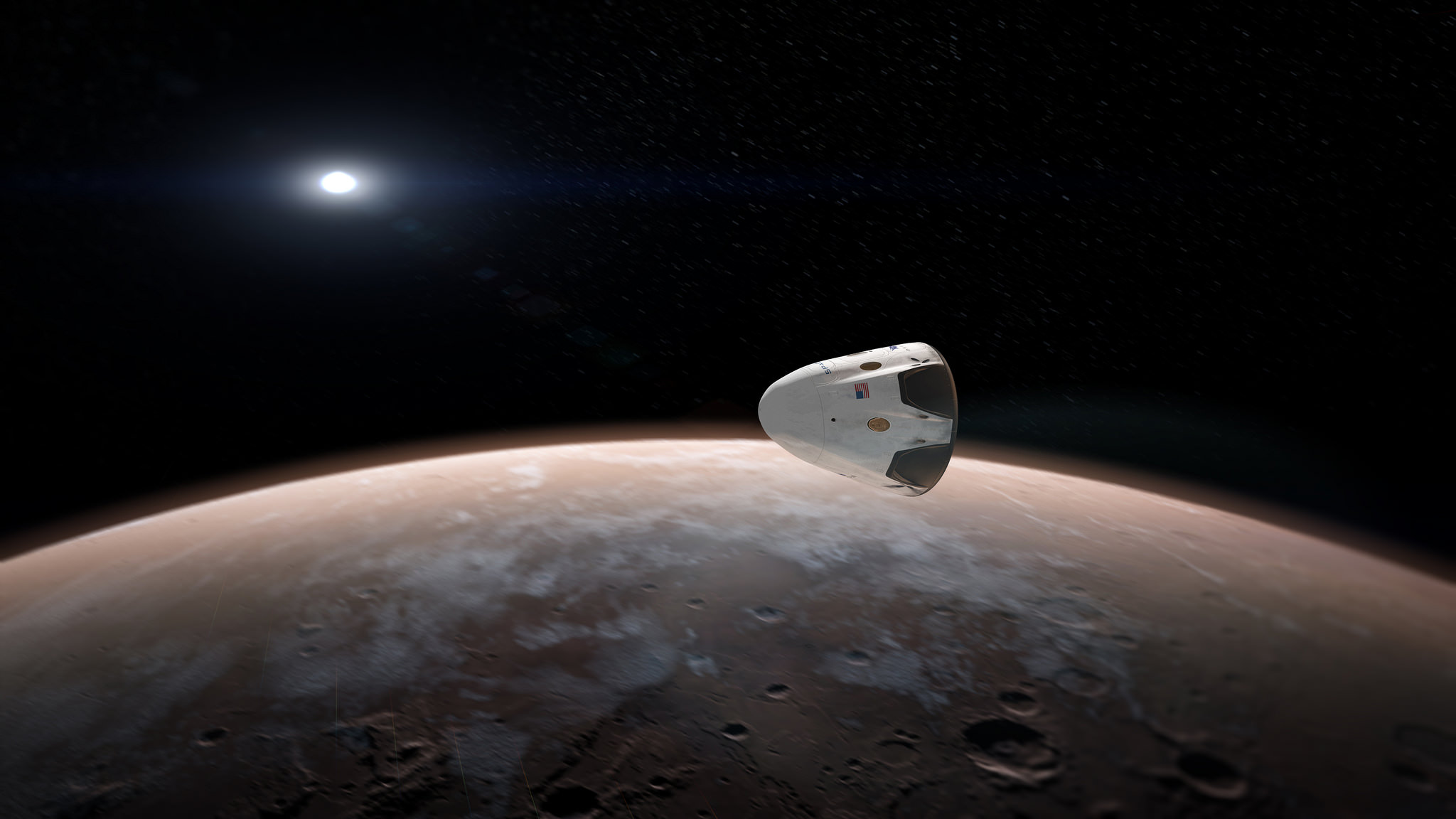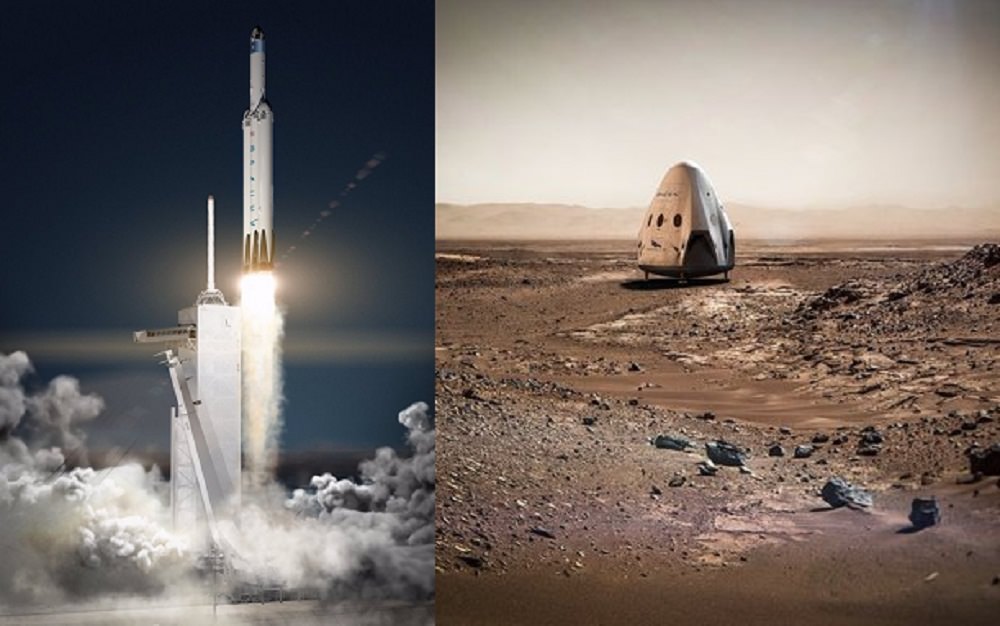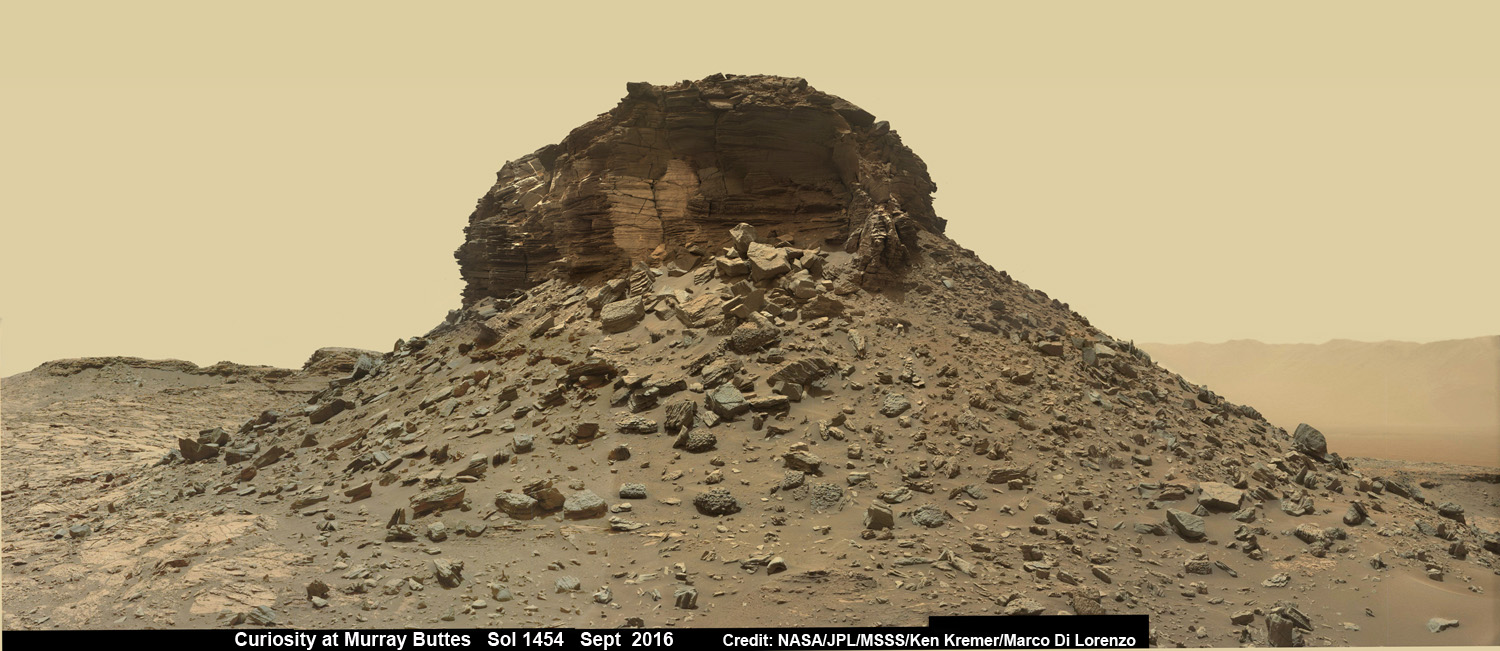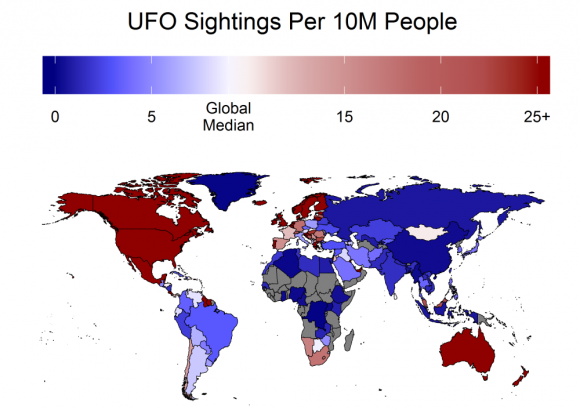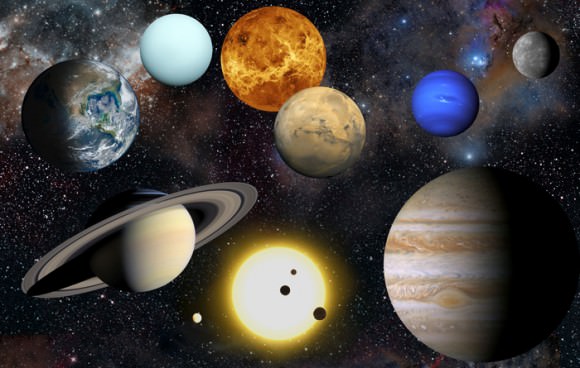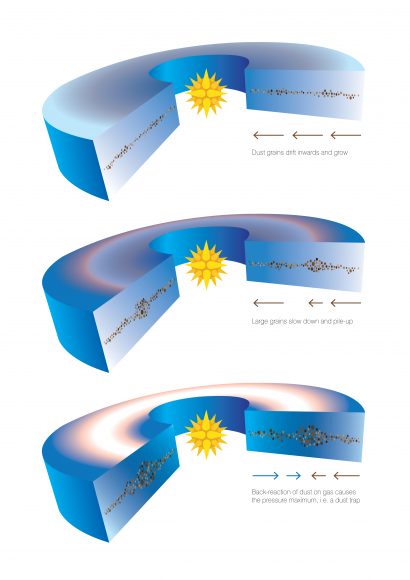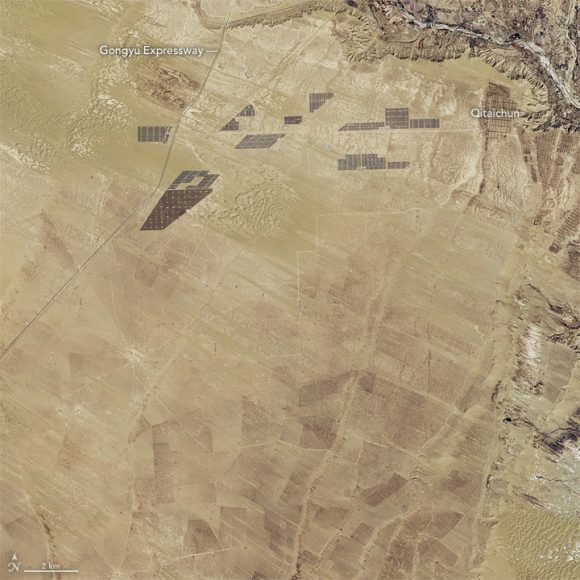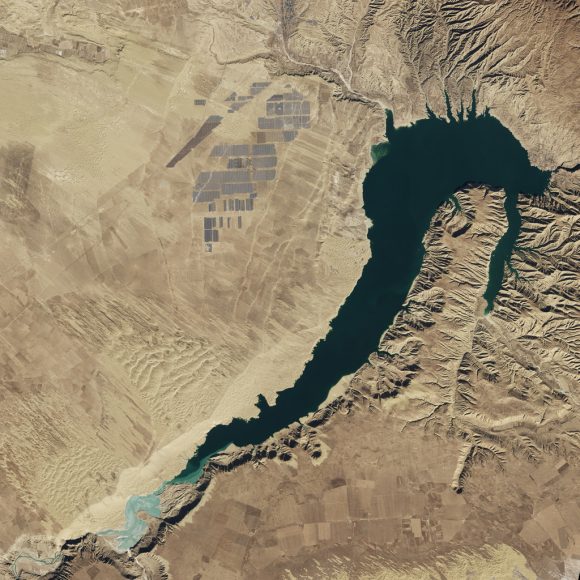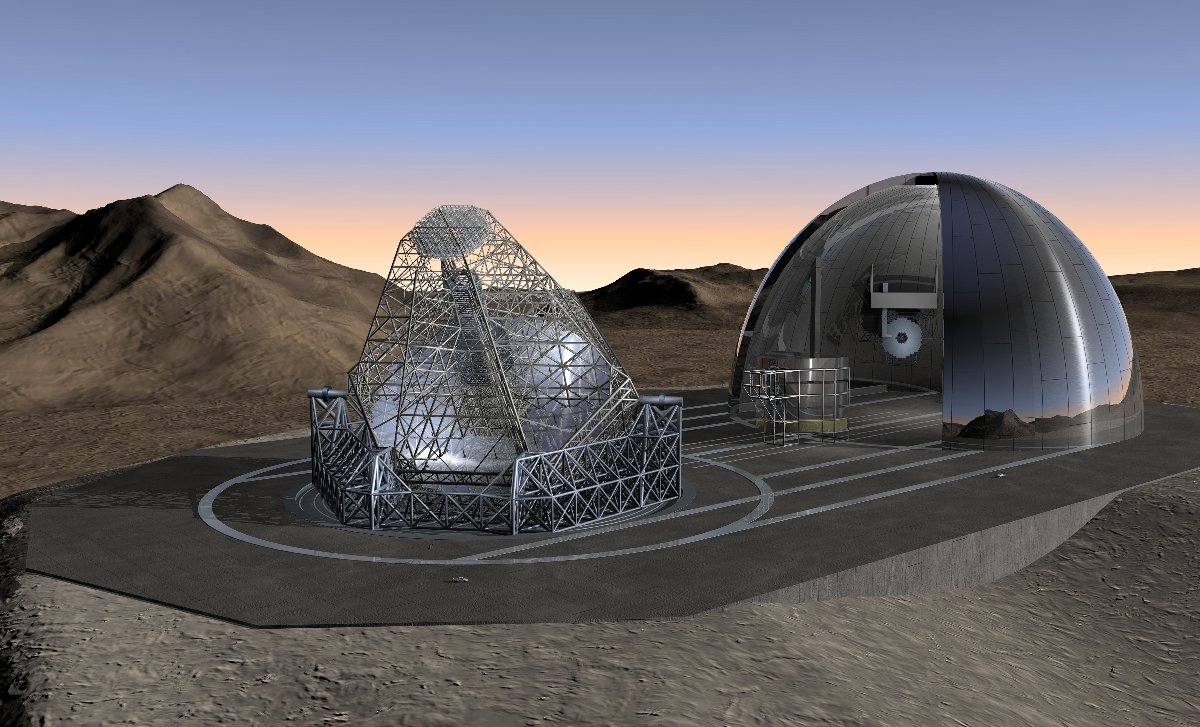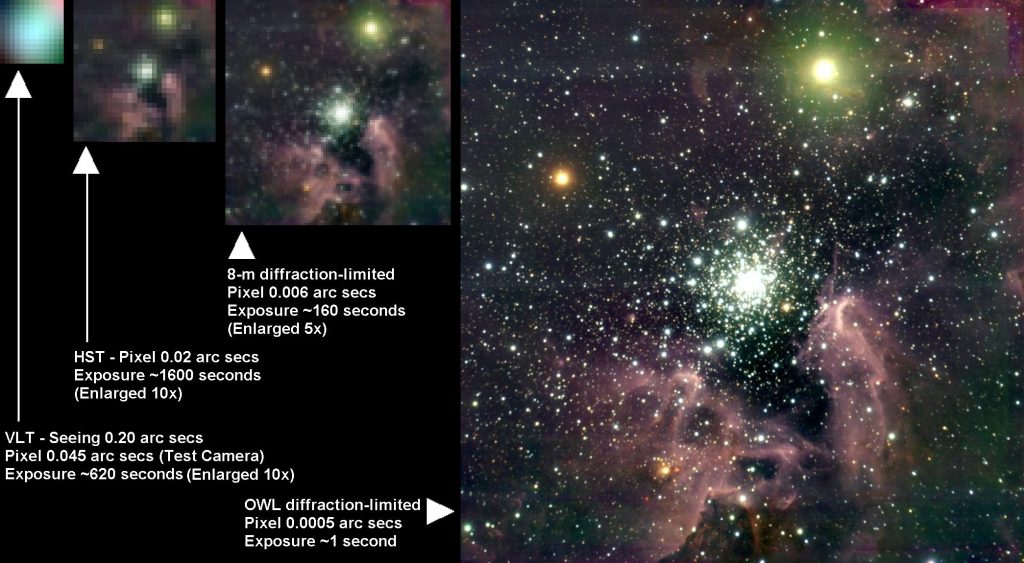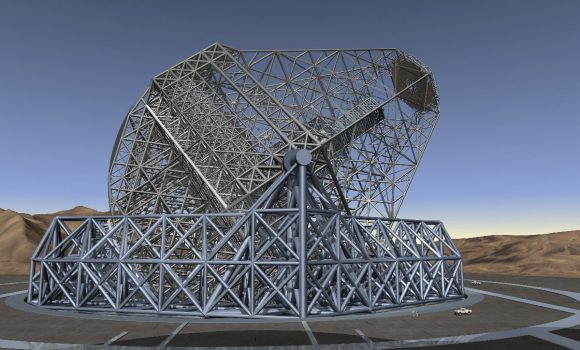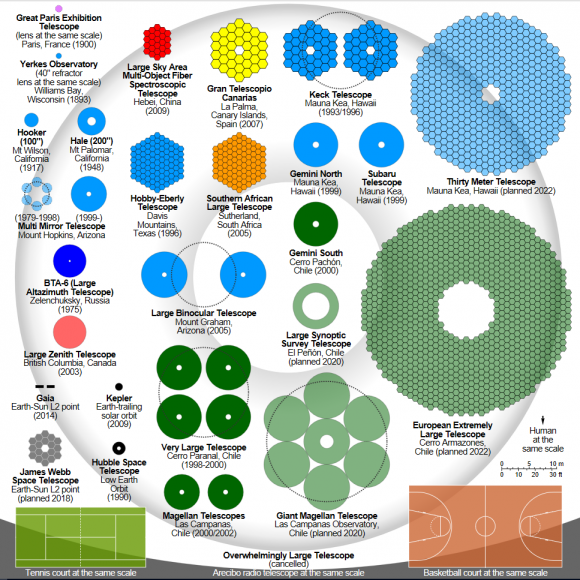Whenever the existence of an extra-solar planet is confirmed, there is reason to celebrate. With every new discovery, humanity increases the odds of finding life somewhere else in the Universe. And even if that life is not advanced enough (or particularly inclined) to build a radio antenna so we might be able to hear from them, even the possibility of life beyond our Solar System is exciting.
Unfortunately, determining whether or not a planet is habitable is difficult and subject to a lot of guesswork. While astronomers use various techniques to put constraints on the size, mass, and composition of extra-solar planets, there is no surefire way to know if these worlds are habitable. But according to a new study from a team of astronomers from Cornell University, looking for signs of volcanic activity could help.
Their study – titled “A Volcanic Hydrogen Habitable Zone” – was recently published in The Astrophysical Journal Letters. According to their findings, the key to zeroing in on life on other planets is to look for the telltale signs of volcanic eruptions – namely, hydrogen gas (H²). The reason being is that this, and the traditional greenhouse gases, could extend the habitable zones of stars considerably.
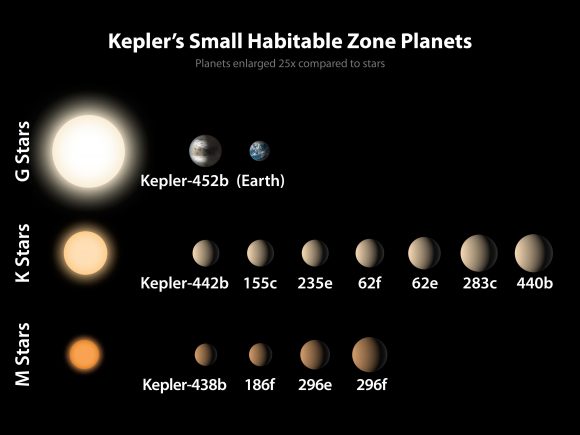
As Ramses Ramirez, a research associate at Cornell’s Carl Sagan Institute and the lead author of the study, said in a University press release:
“On frozen planets, any potential life would be buried under layers of ice, which would make it really hard to spot with telescopes. But if the surface is warm enough – thanks to volcanic hydrogen and atmospheric warming – you could have life on the surface, generating a slew of detectable signatures.”
Planetary scientists theorize that billions of years ago, Earth’s early atmosphere had an abundant supply of hydrogen gas (H²) due to volcanic outgassing. Interaction between hydrogen and nitrogen molecules in this atmosphere are believed to have kept the Earth warm long enough for life to develop. However, over the next few million years, this hydrogen gas escaped into space.
This is believed to be the fate of all terrestrial planets, which can only hold onto their planet-warming hydrogen for so long. But according to the new study, volcanic activity could change this. As long as they are active, and their activity is intense enough, even planets that are far from their stars could experience a greenhouse effect that would be sufficient to keep their surfaces warm.
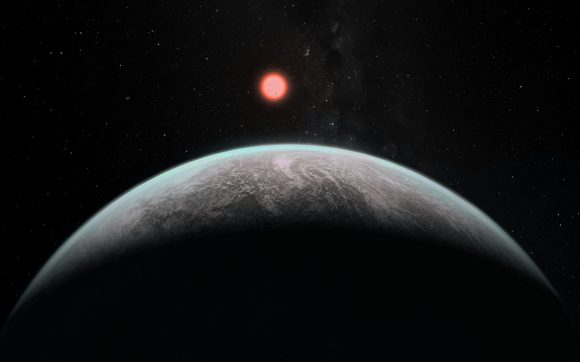
Consider the Solar System. When accounting for the traditional greenhouse effect caused by nitrogen gas (N²), carbon dioxide and water, the outer edge of our Sun’s habitable zone extends to a distance of about 1.7 AU – just outside the orbit of Mars. Beyond this, the condensation and scattering of CO² molecules make a greenhouse effect negligible.
However, if one factors in the outgassing of sufficient levels of H², that habitable zone can extend that outer edge to about 2.4 AUs. At this distance, planets that are the same distance from the Sun as the Asteroid Belt would theoretically be able to sustain life – provided enough volcanic activity was present. This is certainly exciting news, especially in light of the recent announcement of seven exoplanets orbiting the nearby TRAPPIST-1 star.
Of these planets, three are believed to orbit within the star’s habitable zone. But as Lisa Kaltenegger – also a member of the Carl Sagan Institute and the co-author on the paper – indicated, their research could add another planet to this
“potentially-habitable” lineup:
“Finding multiple planets in the habitable zone of their host star is a great discovery because it means that there can be even more potentially habitable planets per star than we thought. Finding more rocky planets in the habitable zone – per star – increases our odds of finding life… Although uncertainties with the orbit of the outermost Trappist-1 planet ‘h’ means that we’ll have to wait and see on that one.”
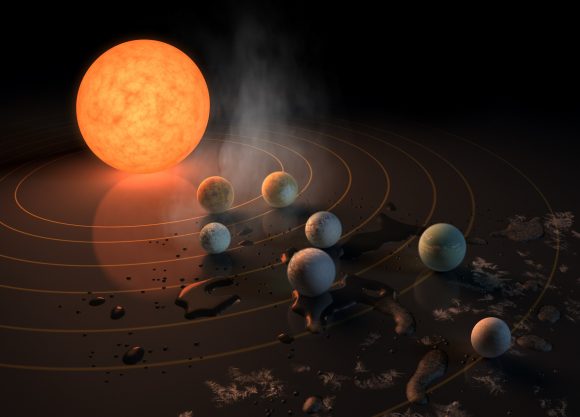
Another upside of this study is that the presence of volcanically-produced hydrogen gas would be easy to detect by both ground-based and space-based telescopes (which routinely conduct spectroscopic surveys on distant exoplanets). So not only would volcanic activity increase the likelihood of there being life on a planet, it would also be relatively easy to confirm.
“We just increased the width of the habitable zone by about half, adding a lot more planets to our ‘search here’ target list,” said Ramirez. “Adding hydrogen to the air of an exoplanet is a good thing if you’re an astronomer trying to observe potential life from a telescope or a space mission. It increases your signal, making it easier to spot the makeup of the atmosphere as compared to planets without hydrogen.”
Already, missions like Spitzer and the Hubble Space Telescope are used to study exoplanets for signs of hydrogen and helium – mainly to determine if they are gas giants or rocky planets. But by looking for hydrogen gas along with other biosignatures (i.e. methane and ozone), next-generation instruments like the James Webb Space Telescope or the European Extremely Large Telescope, could narrow the search for life.
It is, of course, far too soon to say if this study will help in our search for extra-solar life. But in the coming years, we may find ourselves one step closer to resolving that troublesome Fermi Paradox!
Further Reading: Astrophysical Journal Letters

